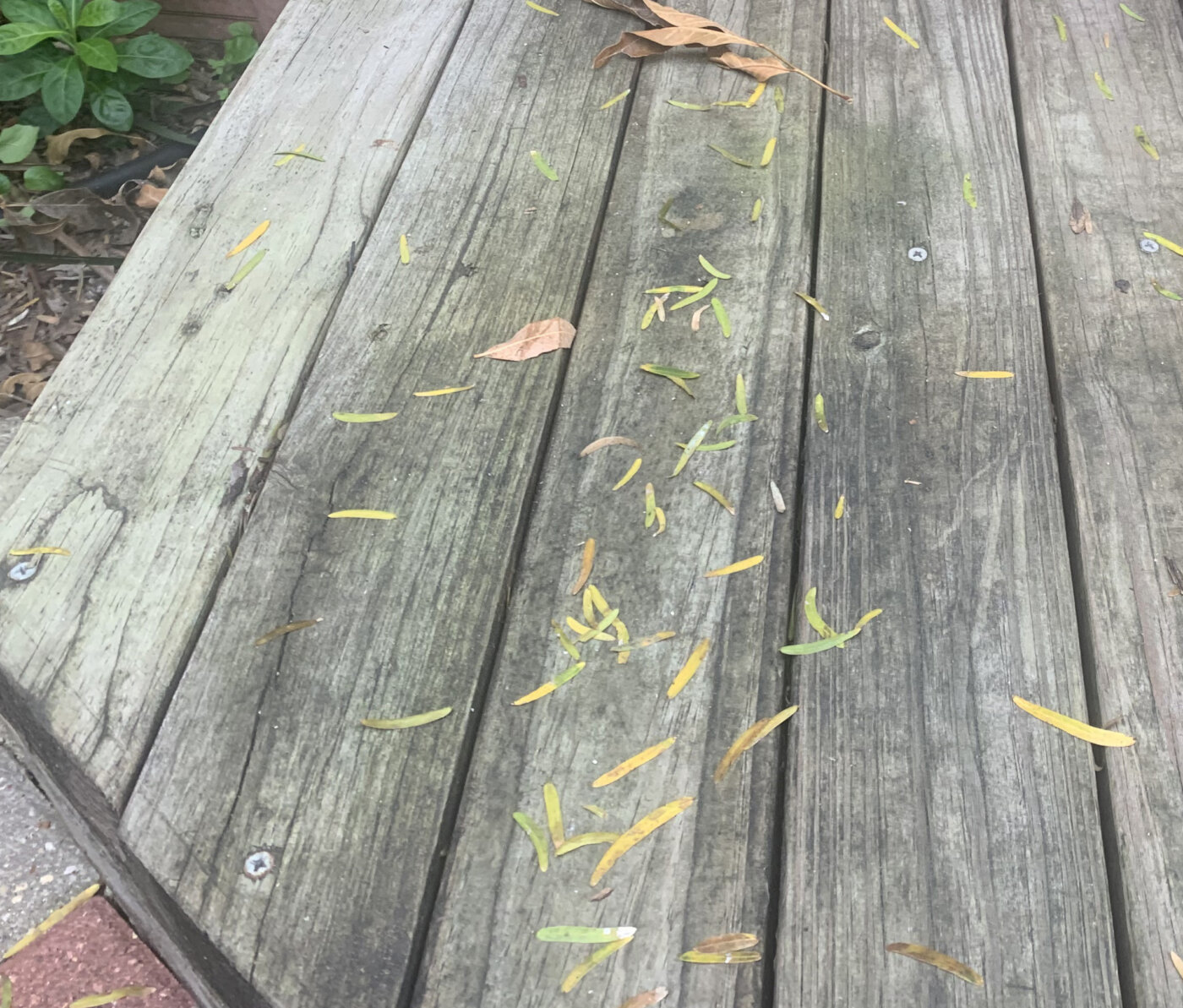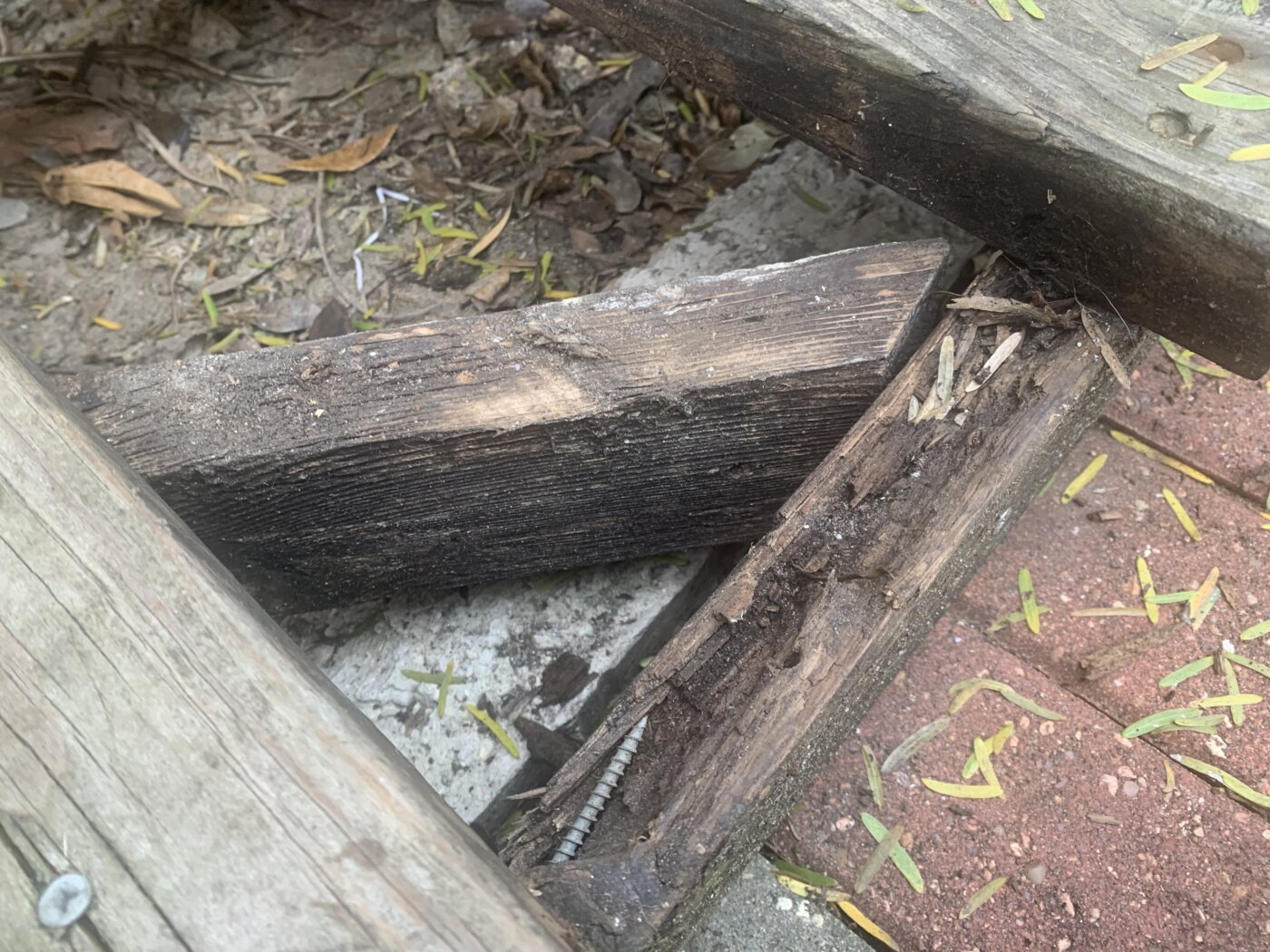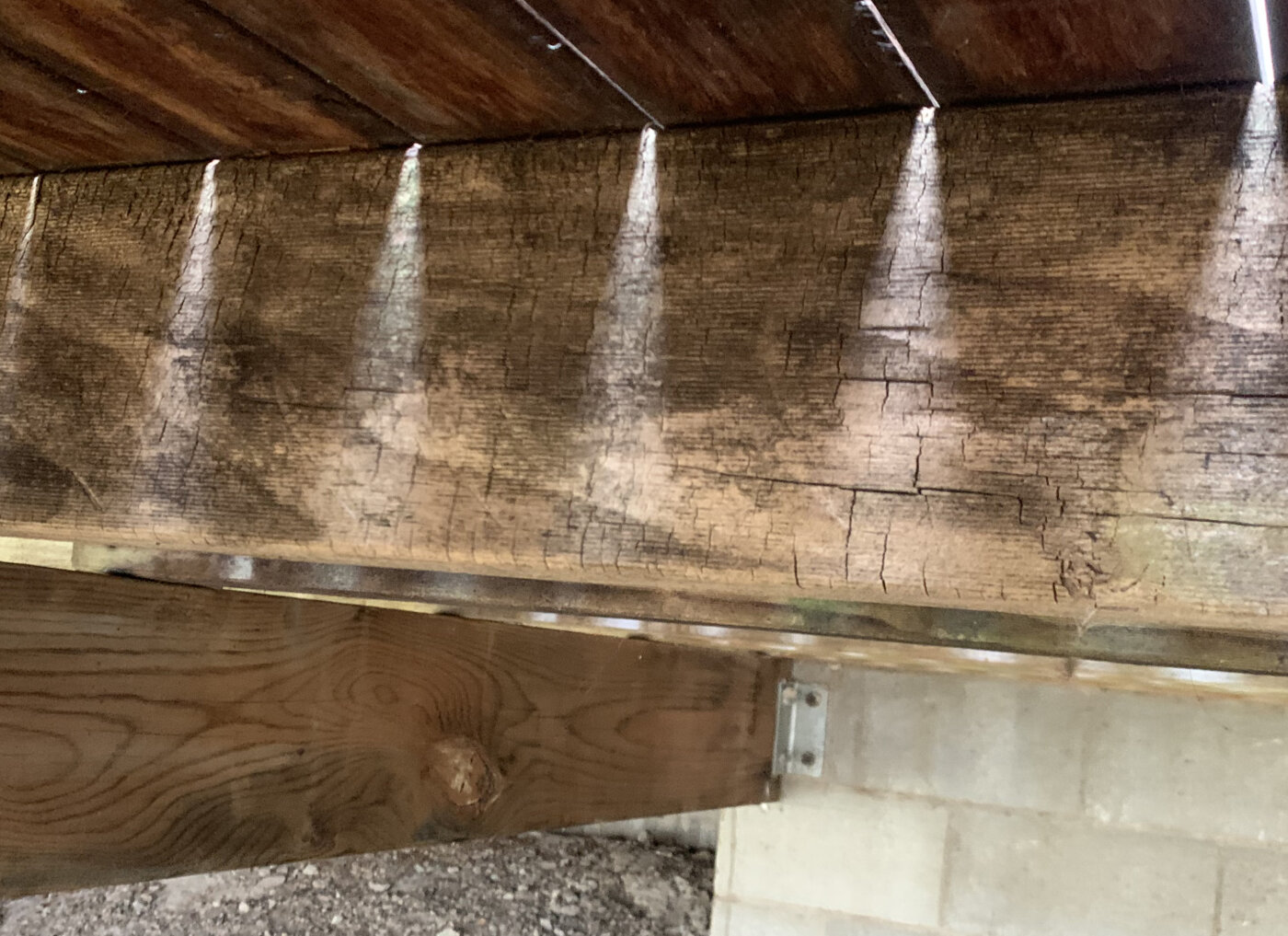Don’t ignore winter mould on exterior timber!
Is your exterior timber showing signs of mould growth during winter?
It’s easy to ignore your exterior timber during winter. It’s cold, damp and uninviting out there, so it’s tempting to wait and clean it all down in spring.
That could be a mistake.
Winter mould on timber becomes a bigger problem if left untreated.
If you’ve got timber decking, fencing, or cladding on your property, you’ve probably noticed that winter isn’t kind to it – especially in cooler, wetter parts of Australia. Damp and shady conditions are the perfect environment for mould, lichen and mildew to develop. Before long, your beautiful timber can start looking pretty tired-black spots, green slime, slippery patches-the works.
But it’s not just about appearances. That build-up of mould and algae can damage your timber over time, leading to rot, warping, and even safety issues. So, let’s break down why it happens and what you can do about it – without damaging your timber or the environment.

Why does timber get mouldy in winter?
During the colder months, we see a lot more moisture hanging around – rain, dew, and fog settle on surfaces, and because the days are shorter and the sun is weaker, timber can’t properly dry out. Add in a bit of organic material like dust, dirt, and pollen, and suddenly you’ve got mould’s favourite playground.
Timber that’s left untreated or poorly maintained is especially vulnerable. Mould and mildew feed on the surface grime and start working their way in. Aside from looking bad, this can shorten the life of your timber and make it slippery underfoot – particularly dangerous on decking or stairs.

Does mould rot the timber?
Surface mould can hold moisture that accelerates water decay in timber, known as wet rot. So, it’s best to remove it ASAP.
Surface mould also creates ideal conditions to attract wood-decay fungi, which can do serious damage to timber structures by breaking down the lignin and cellulose that give timber its strength.
If your timber feels spongy where there was surface mould, then you have a problem, and the wood structure has already started to fail.

The problem with common cleaning methods.
The best form of mould prevention is keeping your timber dry, but that may not be possible in cold and damp winters.
A lot of people reach for the pressure washer or bleach to deal with mould. While pressure washing can seem like a quick fix, it can do more harm than good – blasting away not just the mould, but also the top layer of timber, leaving it rough and vulnerable.
After pressure washing, it may look clean, but mould can live below the surface, deep down in the timber where water blasting can’t reach. Introducing more water to a wet environment in which mould thrives is also problematic, and you might even push the mould spores deeper into the timber, creating a bigger problem for later.
Should you use chlorine/bleach based cleaners for mouldy decks?
You’ll see it on many DIY forums – use a bleach cleaner. We recommend you do some research before grabbing that tub of Nappysan! The bleach based cleaners will probably kill some surface mould, but it affects the cell structure of the timber, weakening it and causing more permeability in the future. Not to mention discolouring your timber and corrosion of the screws and fastening plates on your deck. Plus, it’s a surface treatment which doesn’t get rid of the imbedded spores or the grime mould feeds on. You’ll be dealing with the same problem in a month of two, with the added nuisance of having to recolour your deck with stain, and replace screws.
So, what’s the better option? Enter Equisol Null.
Equisol Null is a smart, effective alternative that’s made for Aussie conditions. It’s a biocide timber treatment that gets rid of mould, algae, and other organic build-up without damaging the timber or the surrounding environment.
Null is not bleach-based for a start and works by breaking down the debris that mould feeds on, not just bleaching the surface. That means a longer-lasting result. It’s biodegradable and plant-safe, so you don’t have to worry about your garden or local waterways.
Even better, Equisol Null‘s strong biocides work as barrier under your oil coat. Apply Equisol Null, leave to dry and then oil over the top. The Null layer will minimise further mould, lichen, algae or moss from forming on your timber.
